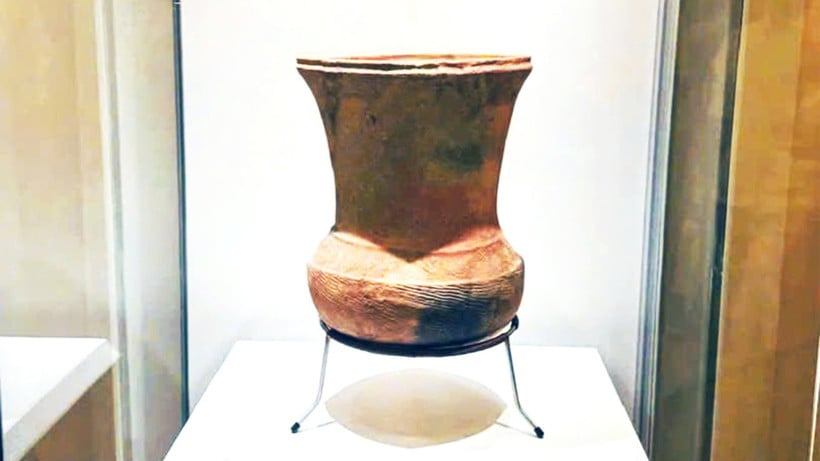
In the collection “Ceramics of the nation’s founding period” by Mr. Pham Gia Chi Bao, the ceramic pot called “Dong Tien Ceramic Pot” has outstanding value. This ceramic pot was found in Dong Tien commune, Dong Son ( Thanh Hoa ), on the banks of the Ma River. Archaeological researchers and the Appraisal Council studied the material, color, manufacturing technique, decorative art, and compared it with other artifacts… and confirmed that this artifact belongs to the Dong Son Culture period.
In the Dong Son culture, about 2,500 years ago, bronze casting, metalworking, pottery making, jewelry making, etc. were very developed. This period also saw the strong development of wet rice agriculture in the Red River, Ma River and Ca River basins.
Scientists have found authentic evidence of rice farming, livestock raising, rice gardening, rice grains and ceramic steamers for steaming sticky rice in pre-Dong Son relics in the Red River basin.

Archaeological and ethnographic documents have also proven that the custom of eating cooked food, drinking boiled water and using rice (glutinous or non-glutinous) as the main food in meals is one of the great achievements of the ancient Vietnamese people. The Dong Son community created a type of food processing tool using steam, which is popularly called "steamer". The ceramic steamer is an artifact of high value in life compared to some other types of Dong Son culture whose owners were the Lac Viet people.
However, steamers are rarely discovered compared to other types of pottery such as pots, basins, jars, bowls, vases, jars, bronze cooking pots, molds... found in archaeological sites of the Dong Son culture.
To date, only 7 Dong Son ceramic pots have been found, most of which are not intact. Dong Tien ceramic pot is the most intact and largest artifact with a balanced, harmonious shape and decorative patterns typical of Dong Son culture.
The Dong Tien ceramic pot shows the high level of prehistoric ceramic crafting techniques, with the main function of cooking rice with steam in the most advanced way at that time. This ceramic pot is 40cm high, made from clay mixed with sand, plant residue and fired at a temperature of about 800-900 degrees Celsius, shaped on a turntable combined with hand molding and stone pounding technique, used to boil, cook, and steam food with steam.
The ceramic steamer is designed with two floors: the upper floor is the compartment for the food to be cooked, the lower floor is the pot for boiling water. The part containing the steamed ingredients is 23cm high, the body is flared in the shape of a truncated pyramid, tapering towards the steamer, the mouth is slightly flared, has grooves and edges at the edge of the mouth. The water-containing pot is 17cm high, spherical, with a rounded convex bottom, and has a shoulder. The steaming rack between the steamer and the pot has small holes. The joint between the steamer and the pot has a raised edge at the shoulder. The outside of the steamer is decorated with a pattern of beaten rope combined with smoothing, which is both aesthetic and supportive when shaping, making the product strong, sturdy, resistant to force, less prone to cracking when fired and keeping the heat evenly when used.
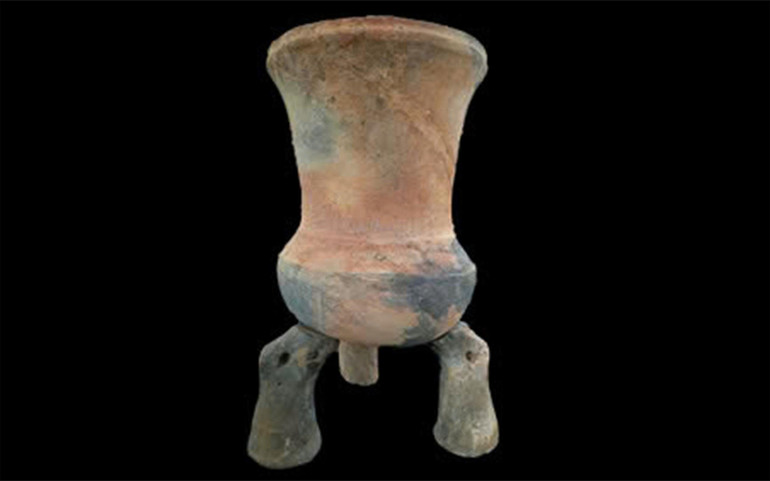
Dong Tien ceramic pots have a graceful, distinct and unique shape compared to other cooking utensils or other types of terracotta containers.
Dong Tien ceramic pots are an important source of historical and material artifacts reflecting the material and spiritual life and rituals related to agricultural beliefs of the Dong Son period residents of ancient Vietnamese people.
The discovery of ceramic steamers in Dong Son cultural sites is a vivid proof of the culinary culture of people at that time: they knew how to use steam to cook sticky rice (and possibly some other foods) to create sticky rice - a popular traditional dish in important ceremonies and daily life in Vietnam from 2,500 years ago until today.
On June 29, at the Ho Chi Minh City Museum of History - No. 2 Nguyen Binh Khiem, District 1, the City Department of Culture and Sports organized the announcement of a new national treasure recognized by the Prime Minister and organized a thematic exhibition "National Treasures - Heritage Masterpieces in Ho Chi Minh City". The exhibition will take place from June 29 to July 10.
As of 2025, Vietnam has 327 artifacts and groups of artifacts recognized by the Prime Minister as National Treasures. Of which, Ho Chi Minh City has 17 National Treasures preserved at the Ho Chi Minh City Museum of History, the Ho Chi Minh City Museum of Fine Arts and private collections.
Source: https://nhandan.vn/cho-gom-dong-son-dau-tien-duoc-cong-nhan-bao-vat-quoc-gia-post890253.html


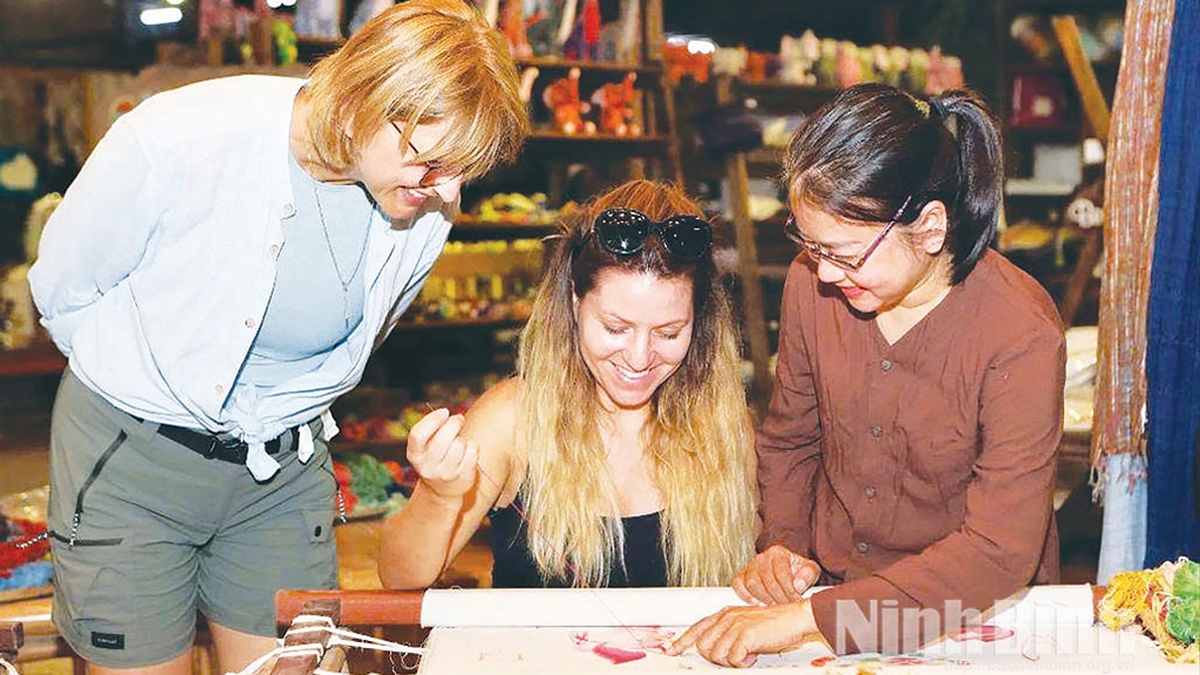
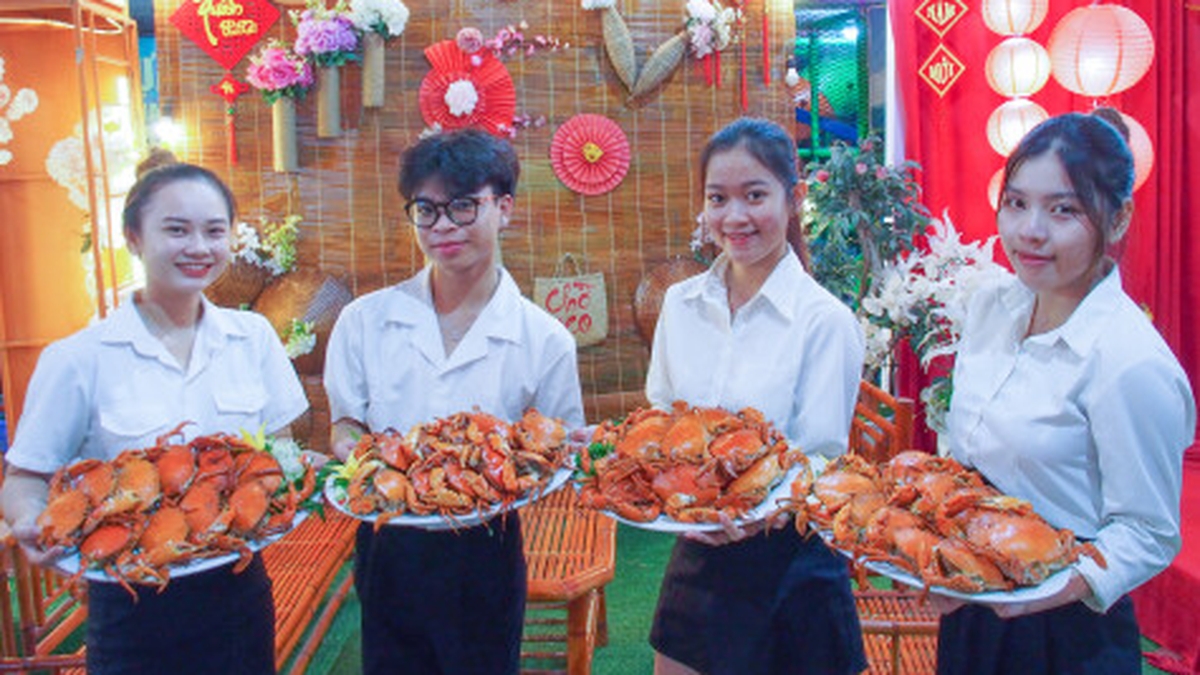



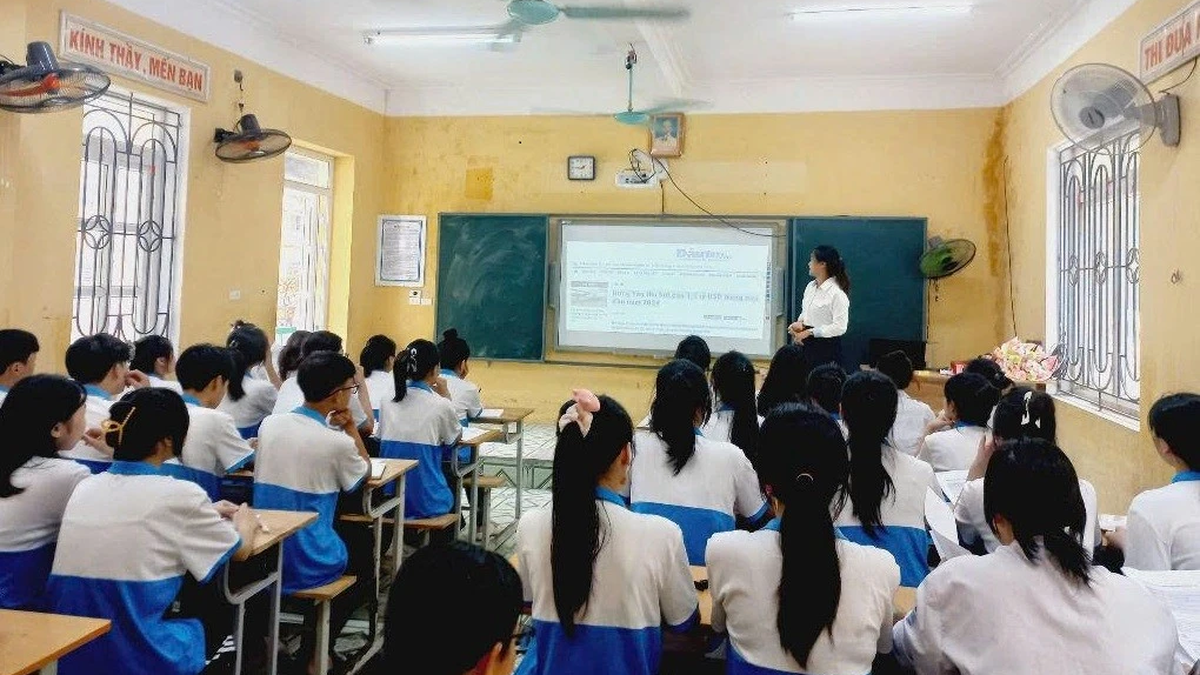
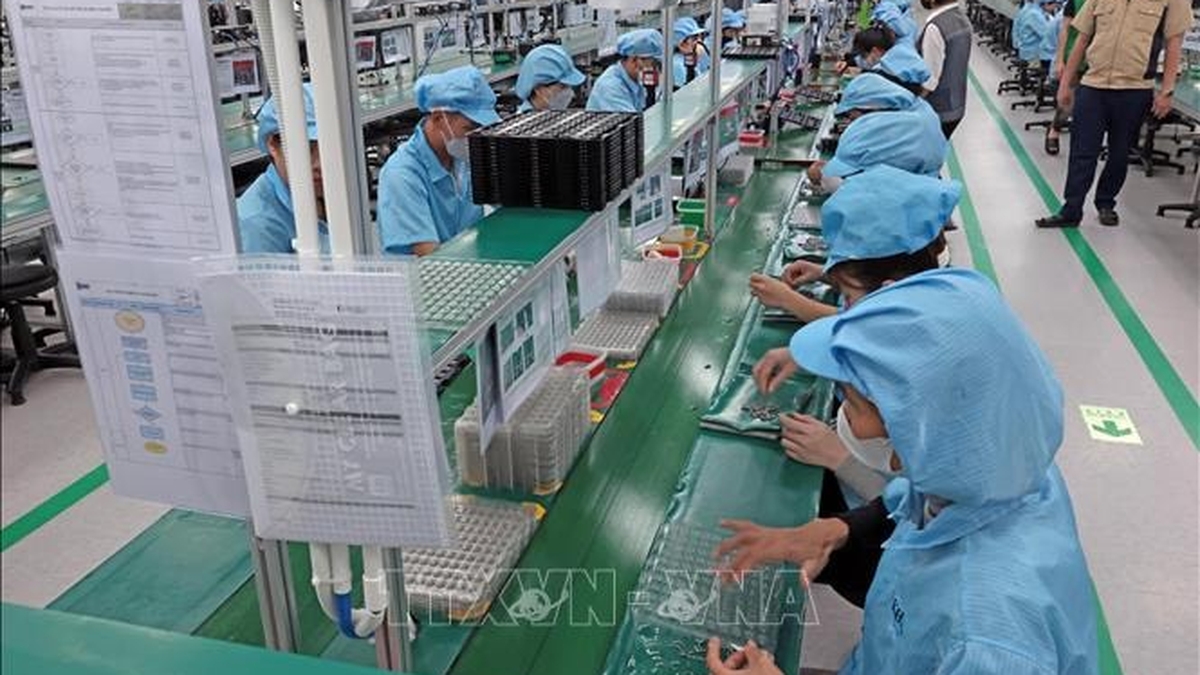


















![[Photo] National Assembly Chairman attends the seminar "Building and operating an international financial center and recommendations for Vietnam"](https://vphoto.vietnam.vn/thumb/1200x675/vietnam/resource/IMAGE/2025/7/28/76393436936e457db31ec84433289f72)














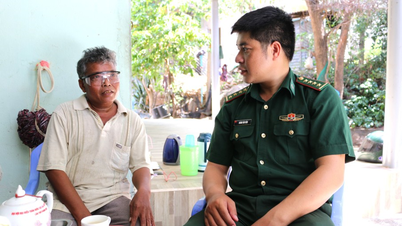




















































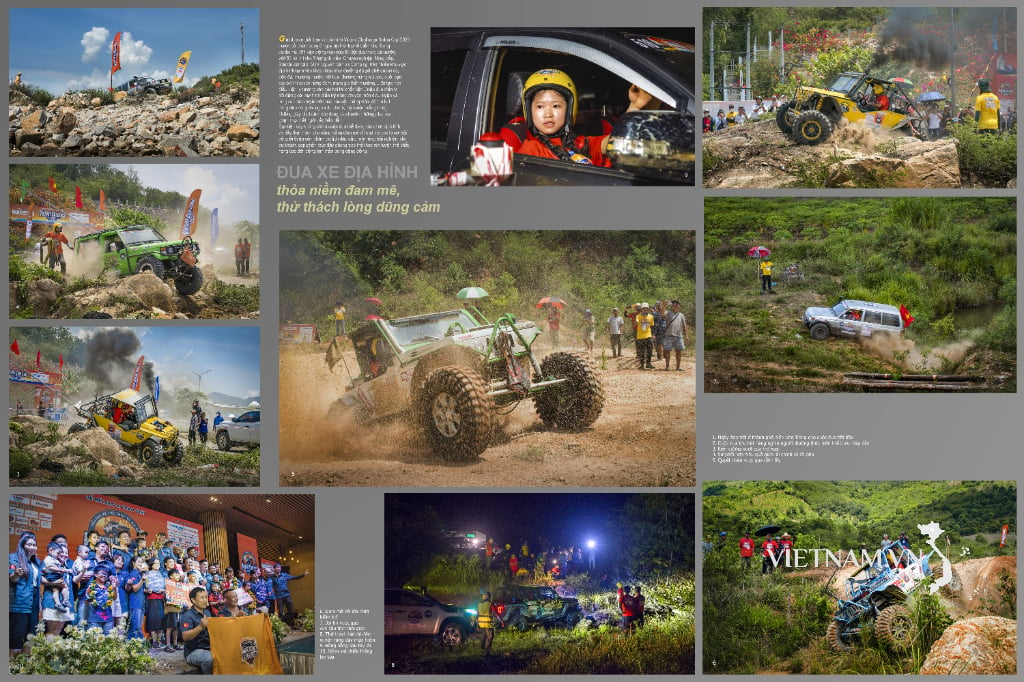
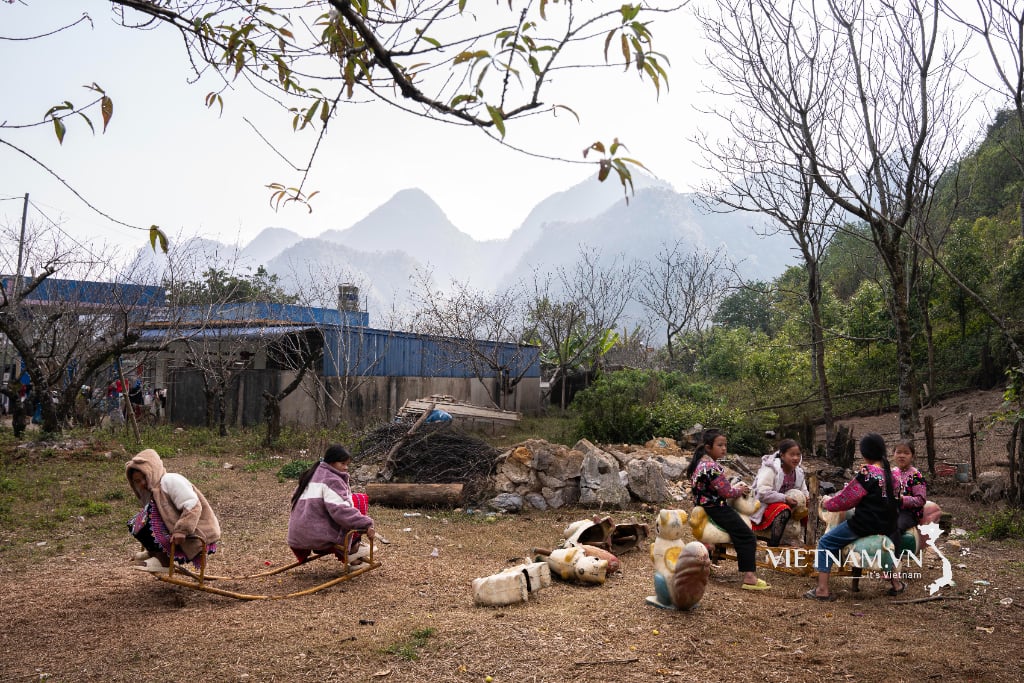

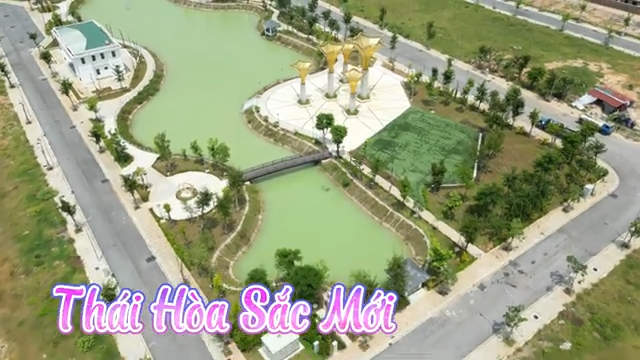
Comment (0)